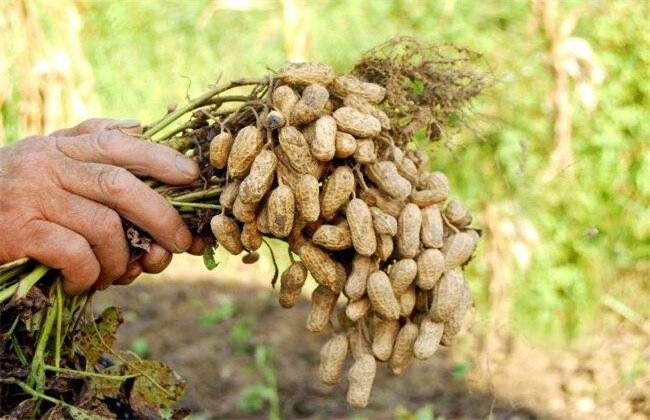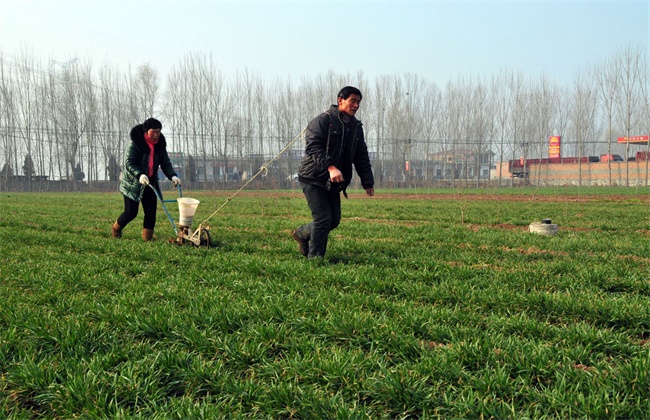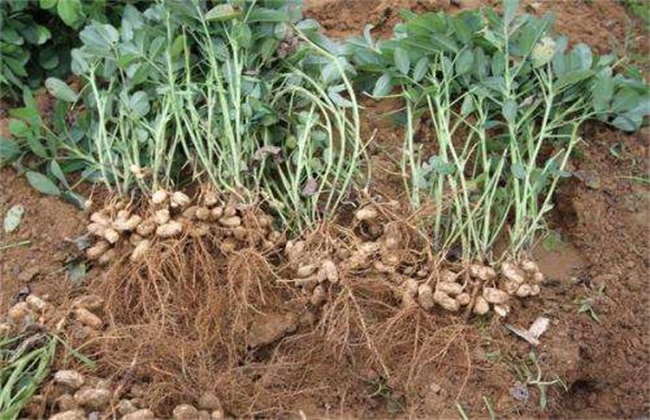Key Factors Affecting Peanut Yield
Peanut is not only a very common food crop in China, but also an important oil crop. Basically, it is planted in all parts of our country, and when planting peanuts, we must pay attention to the yield. But sometimes the yield of peanuts is not very ideal. So what are the key factors affecting peanut yield? Today, the editor will give you a brief introduction. Let's take a look at it.

1. Roasted seedlings are planted too densely.
When planting peanuts, if the planting time is too late, the temperature of peanut seeds is too high. Growers do not do a good job of picking seedlings, which can easily lead to the phenomenon of roasted seedlings of peanuts, affect the growth of peanuts and reduce the yield of peanuts. In addition, when planting, if the planting is too dense or the ridge is too small, then the peanut plants will be too close. As a result, the peanut plant is underdeveloped, the branches and stems are slender, one side fruit phenomenon is easy to appear, and there are not many pods in the middle of the plant, which naturally reduces the yield of peanut.
2. Improper management
Peanut fruit needles usually bear fruit after they are buried in the ground. Therefore, in the early flowering stage of peanuts and before ridge closure, we should pay attention to do a good job of mid-ploughing, at least twice, and then properly cultivate the soil to improve soil moisture. However, many people tend to ignore the work of ploughing and cultivating soil, resulting in difficult penetration of peanut needles, few pods and insufficient yield. Then in some places with redundant branches and leaves and high soil fertility, the tillers of peanuts are easy to be too prosperous. If it is not pruned in time, it will lead to too many branches and leaves, rob the growth and nutrition of the main branches of peanuts, and eventually lead to a large number of blighted fruits, resulting in a decline in yield.
3. Discomfort of water and fertilizer
The management of water and fertilizer is also very important when planting peanuts. In fertilization, if the single partial application of nitrogen fertilizer or soil testing fertilizer is not in place, it is very easy to lead to the excessive growth of peanut stems and leaves. The stalk will also be very thin, which will not only affect the fruiting rate of peanuts, but also easily lodge. In addition, the field drainage and irrigation is too poor, such as ridges and ditches, ditches and other supporting unreasonable, it is very easy to lead to serious waterlogging in the field. Lead to peanut hypoplasia, not only the fruit is small, but also easy to blighted fruit and rotten fruit.
4. Soil medicament causes.
After the peanut harvest, we should pay attention to doing a good job of ploughing and clearing the garden. If the ridge is not ploughed in time in winter, it will lead to the increase of weeds and the consolidation of the soil after the year. As a result, the soil consumes too much nutrition and the aggregate structure is poor, which is very disadvantageous to the soil binding and pod formation of peanut fruit needle. There is improper spraying, in the planting of peanuts, reasonable spraying of chemicals to control diseases and insect pests is necessary. But if you spray too much too early, and the peanut needles have not been buried in large numbers. It will seriously affect the results of peanuts, resulting in growth hindrance, and in serious cases, there will be the phenomenon of rotten fruit and straw.
The above is a brief introduction of the key factors affecting peanut yield. That's all for today's introduction. This article is for reference only. I hope it can help you all.
Related
- The first cup of black tea in spring, the flavor and history of tea gardens in Kenya, Africa
- The computer can not only choose potatoes, but also grow tea rice. AI will grow winter oolong tea champion.
- It is not only the inflated tea bitten by insects, but also engraved with the four seasons tea in Beipu.
- The Oriental Beauty Tea Festival in Zhuxian County takes the stage at the weekend to experience the plus-size feast of oil tea.
- & quot; Oriental Beauty Tea & Exploration of Emei in Hsinchu, the hometown of quot;
- The new variety of strawberry "Tainong 1" dessert is the first choice with mellow aroma. Crimson gorgeous
- History of Tea in Taiwan: from Wild Inner Mountain to Export Tea Garden
- Two types of Taiwan Oriental Beauty Black Tea won the British three-Star Award for Childhood Tea Xiang Zhang Jiaqi changed from pilot to champion tea maker.
- Banana species and varieties: the planting history of Taiwan Xianren banana and dwarf banana is long, is banana disease resistant?
- Coffee planting Technology: Qianjie Coffee from Seedling to harvesting



